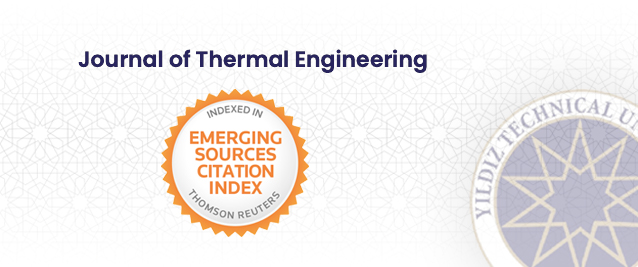2College of Science, Tikrit University, Tikrit, 3400, Iraq
Abstract
The application of nanotechnology in the field of Buildings and concrete Build is one of the main goals of this article because of the technology’s role in enhances the properties of concrete and increasing the efficiency of building materials, as well as in preserving natural resources, reducing environmental pollutants, and increasing the attention that nanotechnology is currently receiving in various fields of science and engineering applications. By partially replacing cement with silica nanoparticles, the current research is focused on investigate the impact of silica nanoparticles (SiO2) on the concrete thermic properties, including specific heat capacity (SHC), thermic conductivity, and thermic diffusivity, in order to produce light-weight concrete with good thermal insulation capabilities. In order to replace a portion of the concrete’s weight, nano-silica (NS) was added in percentages of 1%, 2%, and 3%. The results showed that the mixtures including nano-silica had lower thermic conductivity coefficient values, ranging from 0.5 to 0.92 W/m °C. This indicates that the thermic insulation capacity of nano-concrete increased by 41.8 percent, 53.15 percent, and 65.57 percent, respectively. Furthermore, based on the data, Thermal conductivity coefficient’s can be lowest value at a ratio of (3%). As a result, replacing concrete beyond this proportion will result in a reduction in its various qualities. Furthermore, a reduction in the specific thermic ability values was noted in contrast to traditional concrete.























